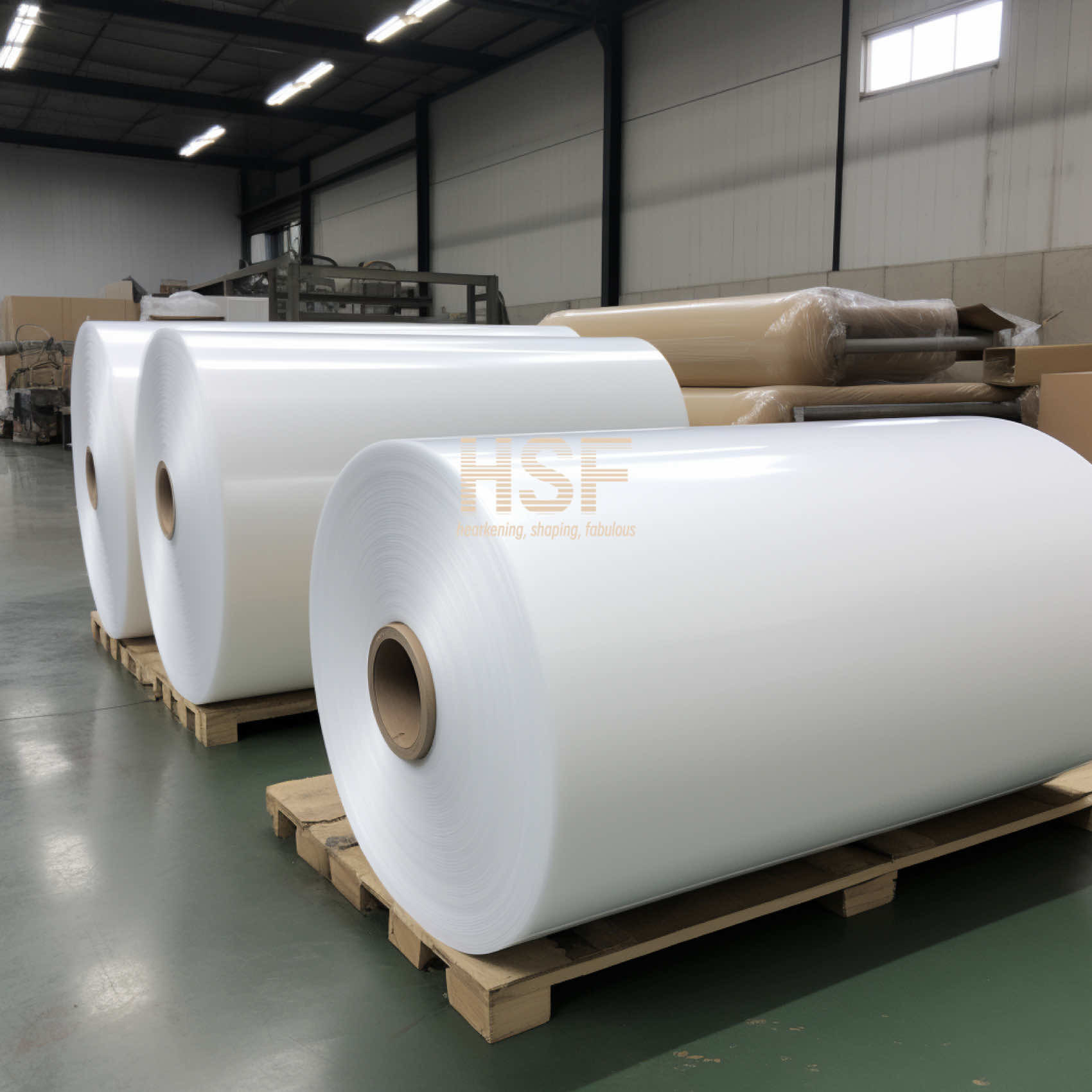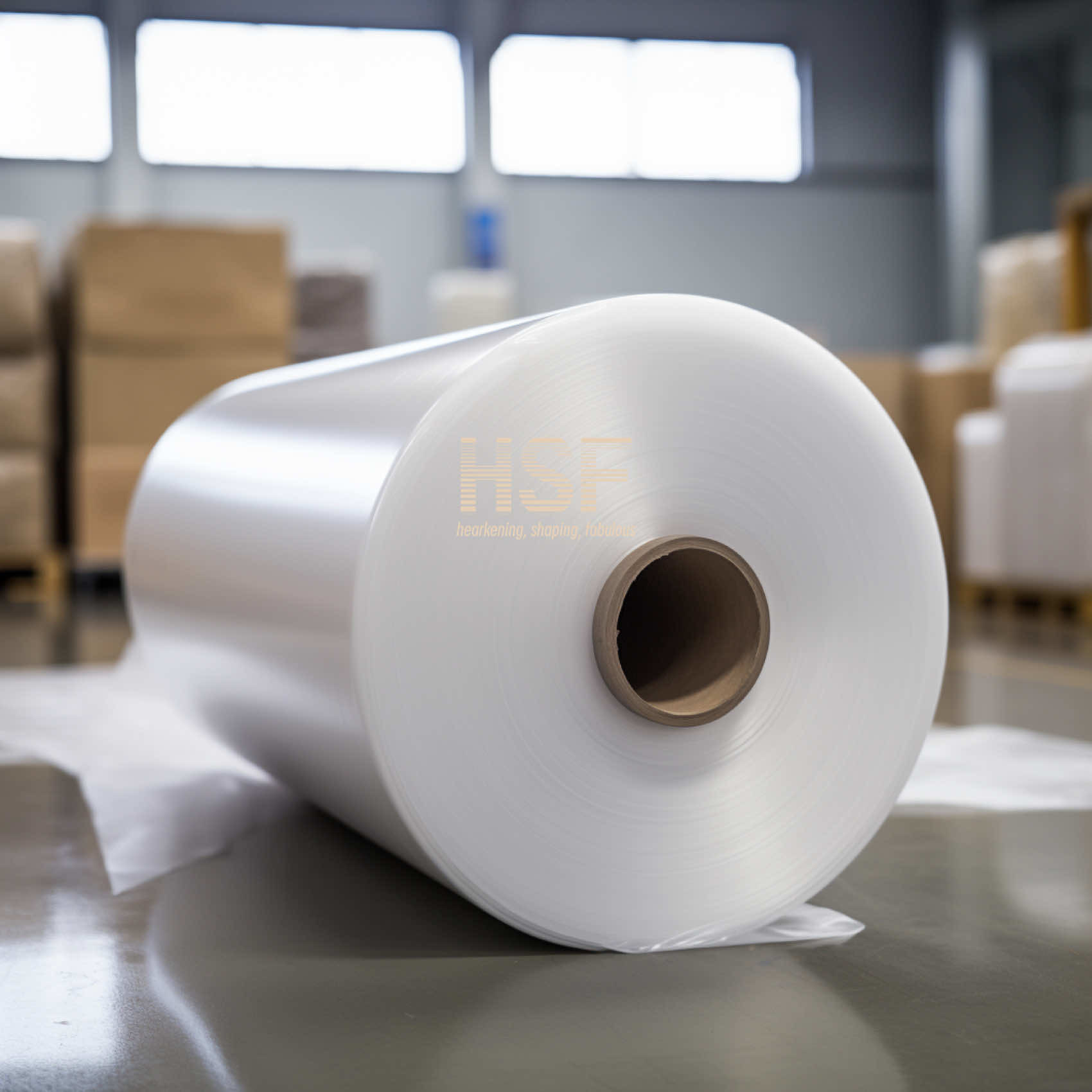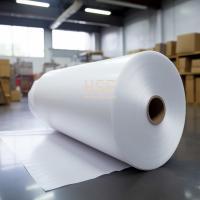In 2016, HSF Materials Technology Co.,
Ltd. became a national high-tech enterprise specializing in the
research
and development, production, and sales
of PE and PP polymer materials. The headquarters is located in
Changjing
Industrial Park, Jiangyin City, Jiangsu
Province, with more than 100 employees and multiple production
lines and
equipment for PE and PP materials. From
2022 to Nov. 2023, HSF Materials Technology Co., Ltd. has completed
the
preliminary construction of an
industrial cluster integrating blow molding, casting, film coating,
and laminating through
investment or equity participation, and
its products cover various industries such as labels, packaging,
electronics,
building materials, and medical. In
August 2023, a subsidiary was established in Shanghai as a sole
import and export t
rade window, dedicated to meeting the
business needs of overseas customers.
HSF believes that Honor is Shaped from
Fulfillment, both for individuals and companies.
By Hearkening to the voices of customers
and Shaping their expectations, therefore we will make results
Fabulous.
Pre-sales consulting:
To ensure minimum errors at the initial
stages, it is imperative to fully comprehend the
customers' most pressing needs and
concerns, and completely eliminate all probabilities of mistakes.
Accordingly, we strive to discern all
aspects of product requirements and application scenarios
that customers desire, whenever the
situation arises.
- Fully understand the requirements, usage
environment, scenarios,
and other important factors, and
provide customized solutions.
- Provide a comprehensive product quotation
sheet for customers to have a clear understanding.
Sales follow-up:
- Provide real-time updates on production and
delivery status to customers.
- In a timely and proactive manner, confirm
with customers the notes and other
requirements in the documentation, in
order to avoid unnecessary detention of goods at the destination.
- Regularly update the movement status of
goods on the designated transportation mode to ensure a one-stop
service experience.
Post-sales service:
- Apart from malicious complaints, we humbly
accept any effective suggestions for improvement.
HSF consistently strives for continuous
improvement in product and service quality, as we believe that
honor is shaped from fulfillment.
- Apr. 2016
Established in Wuxi City, Jiangsu
Province
- Sep. 2019
Invested in and become shareholder of
Coating plants
- Nov. 2020
Invested in and become shareholder of
TPU plant
- Sep. 2021
Merged a laminating plant
- Jul. 2023
Set up an independently operated
Shanghai HSF Materials Technology Co.,Ltd as the only window
for import & export business.
* Total of 8 currencies are available to pick
up in export sales activity.
USD, EUR, AUD, GBP, CAD, HKD, JPY, SGD,
CNY
The group may be small in size, but its
core strength lies in the power of its tightly clenched fist.
HSF boasts extensive knowledge of
polymer membranes, backed by both theoretical and practical
expertise.
The team comprises over 10 individuals,
including industry veterans with 20-40 years of experience in
technology research and development,
craftsmanship, and field operations. Adding to the mix are 5
technical
sales teams that offer round-the-clock
service, ensuring customers are fully supported. Our sales staff is
prompt,
professional, and passionate, always on
standby to address any concerns you may have no matter the time or
place.
- 1. Production line personnel: 40 people
- 2. Quality assurance & Quality control: 6
people
- 3. Engineers in production and R & D: 8
people
- 4. Sales: 4 people
- 5. Administration: 5 people



